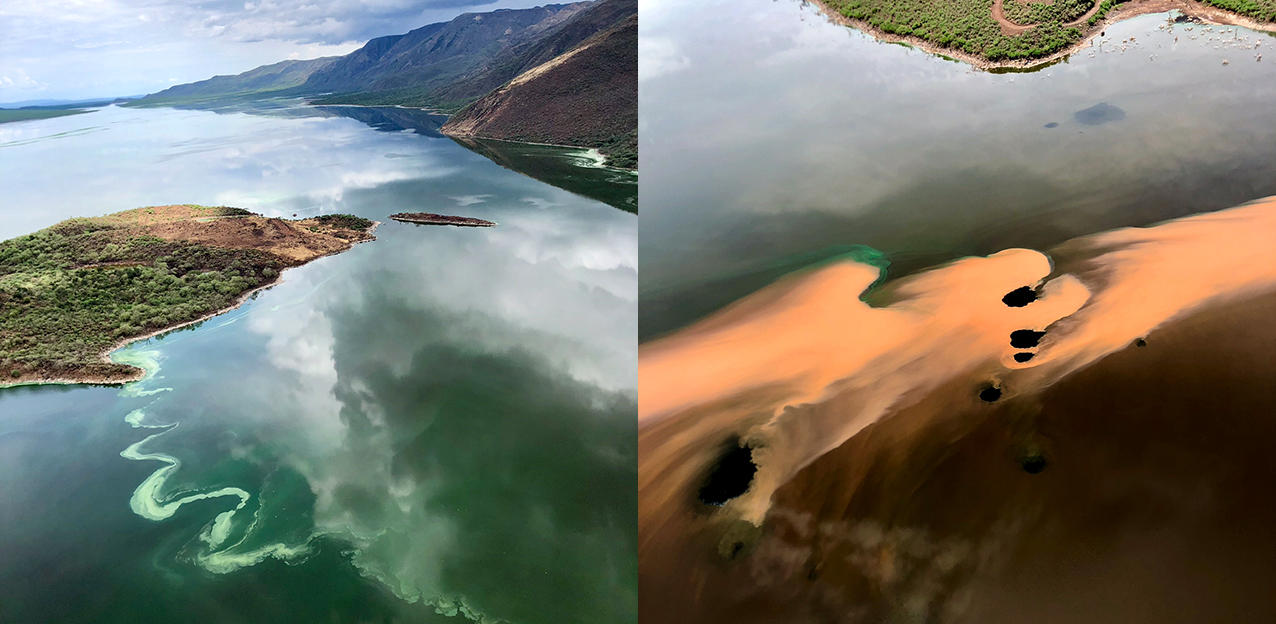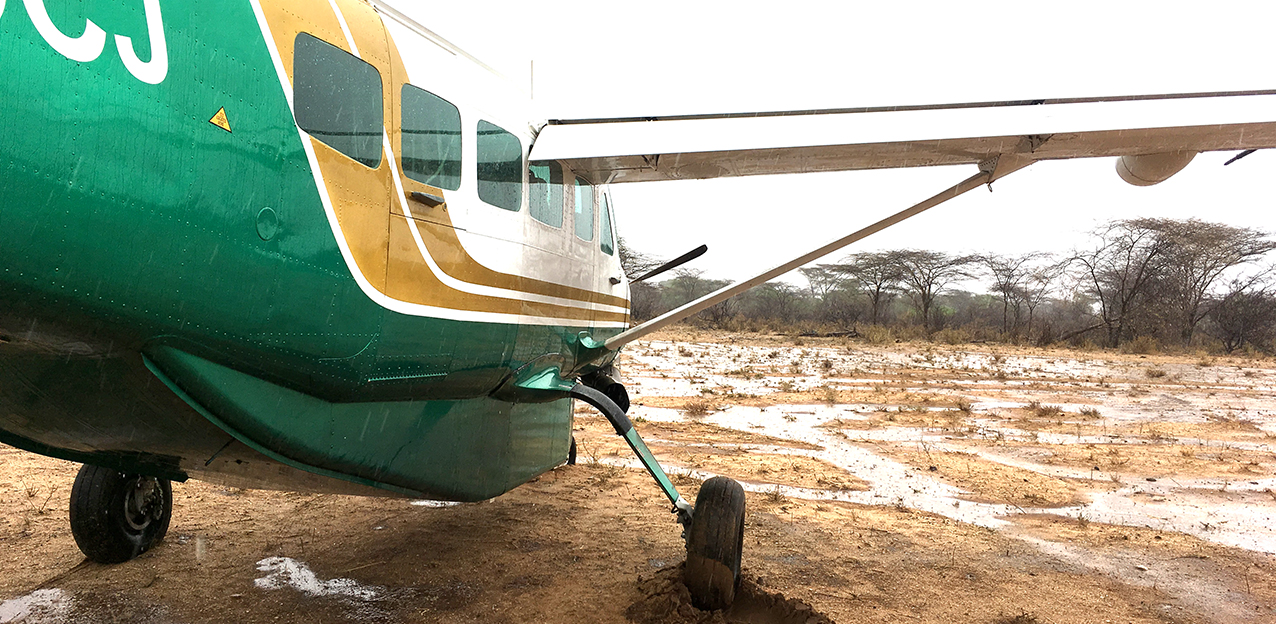Spending time with the beautiful people of the Kaisut Desert of Northern Kenya. Semi nomadic, with livestock being central to their traditions, the Rendille wear strikingly colourful fabrics and beaded jewellery
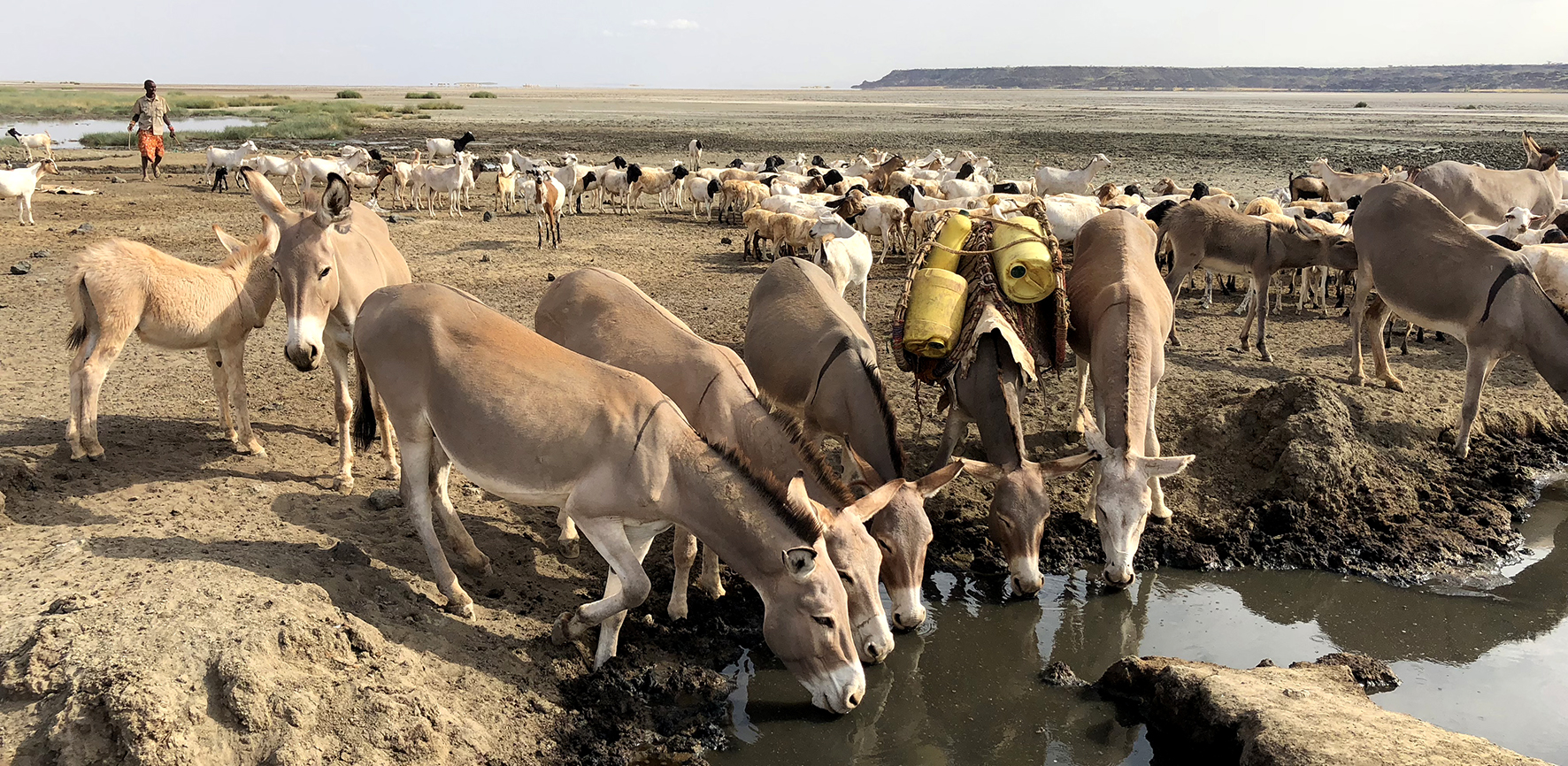 The Rendille traditionally live in the remote hostile deserts of northern Kenya, and their lives revolve around the natural cycle of the seasons, traveling en-masse with their enormous herds of livestock, following the rain in search of new pasture and water.
The Rendille traditionally live in the remote hostile deserts of northern Kenya, and their lives revolve around the natural cycle of the seasons, traveling en-masse with their enormous herds of livestock, following the rain in search of new pasture and water.
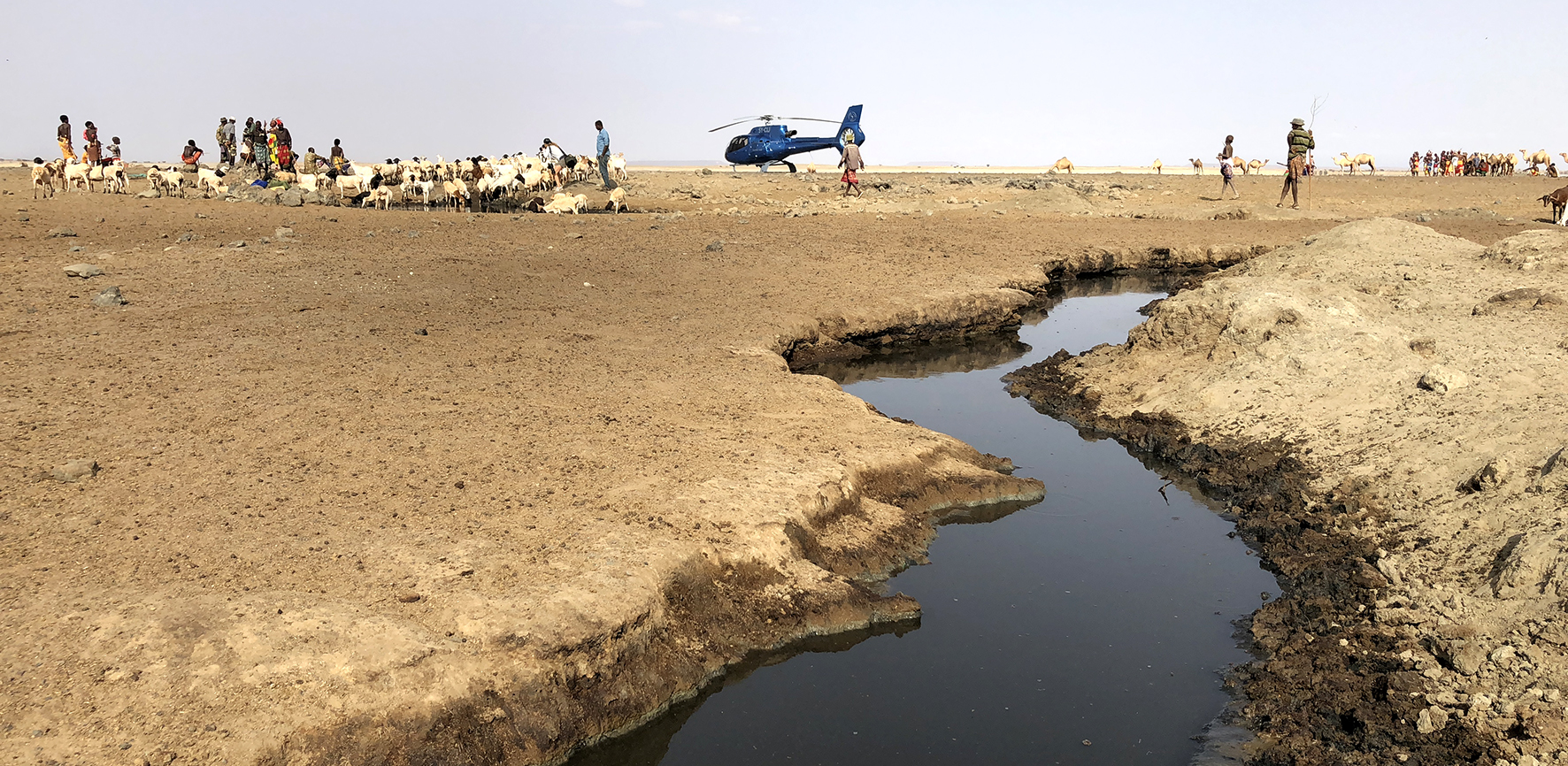
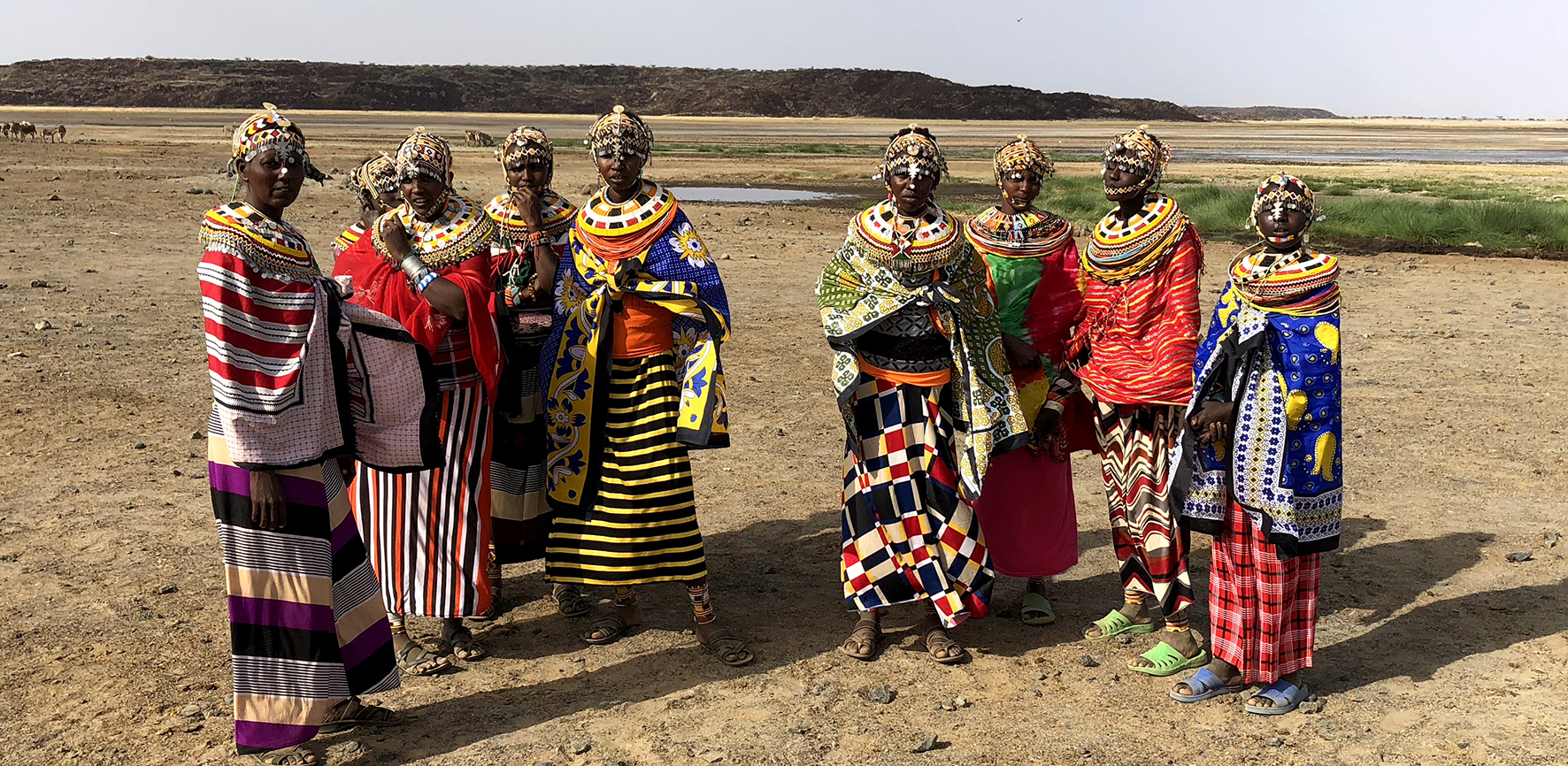 Visiting the Rendille is just one of the very special cultural encounters, part of our helicopter adventures, that are tailored into our itineraries.
Visiting the Rendille is just one of the very special cultural encounters, part of our helicopter adventures, that are tailored into our itineraries.

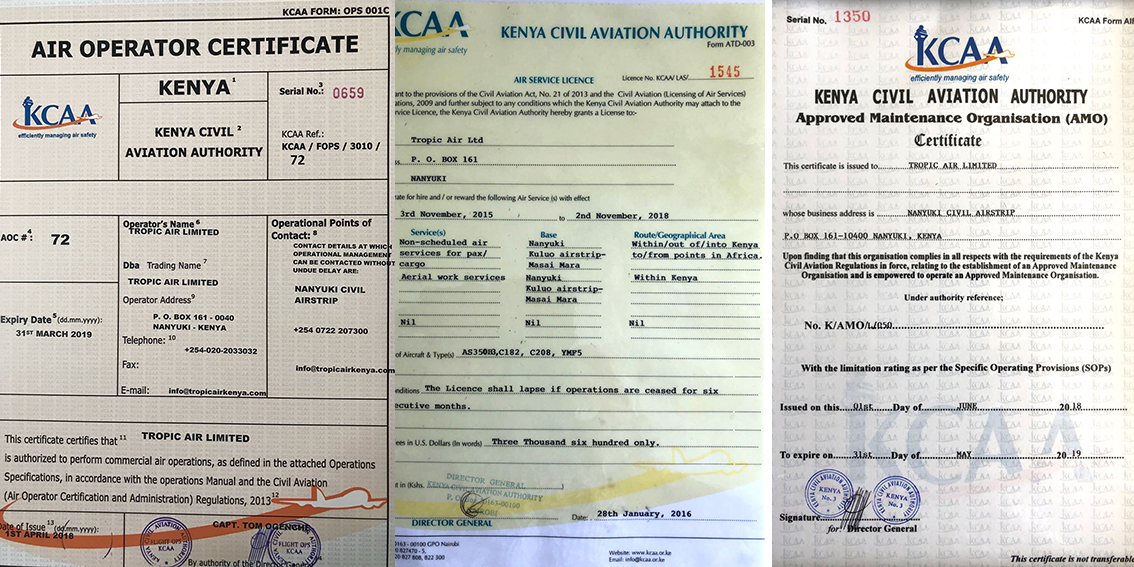
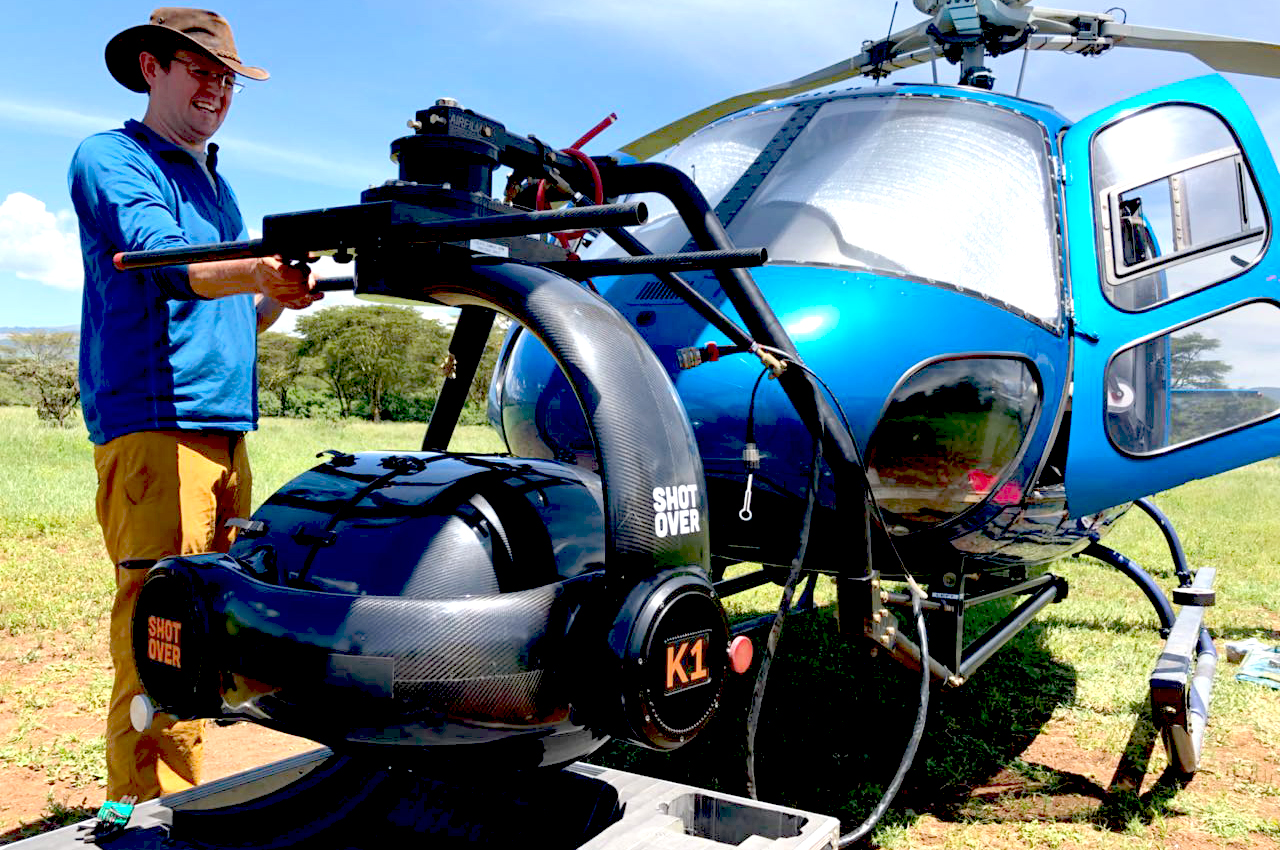 This award winning camera is changing the world for aerial cinematographers across the globe, being used for motion picture, television, and commercial productions. This gyro stabilised gimbal platform provides stability and Ultra HD image quality in 2D or 3D!
This award winning camera is changing the world for aerial cinematographers across the globe, being used for motion picture, television, and commercial productions. This gyro stabilised gimbal platform provides stability and Ultra HD image quality in 2D or 3D!